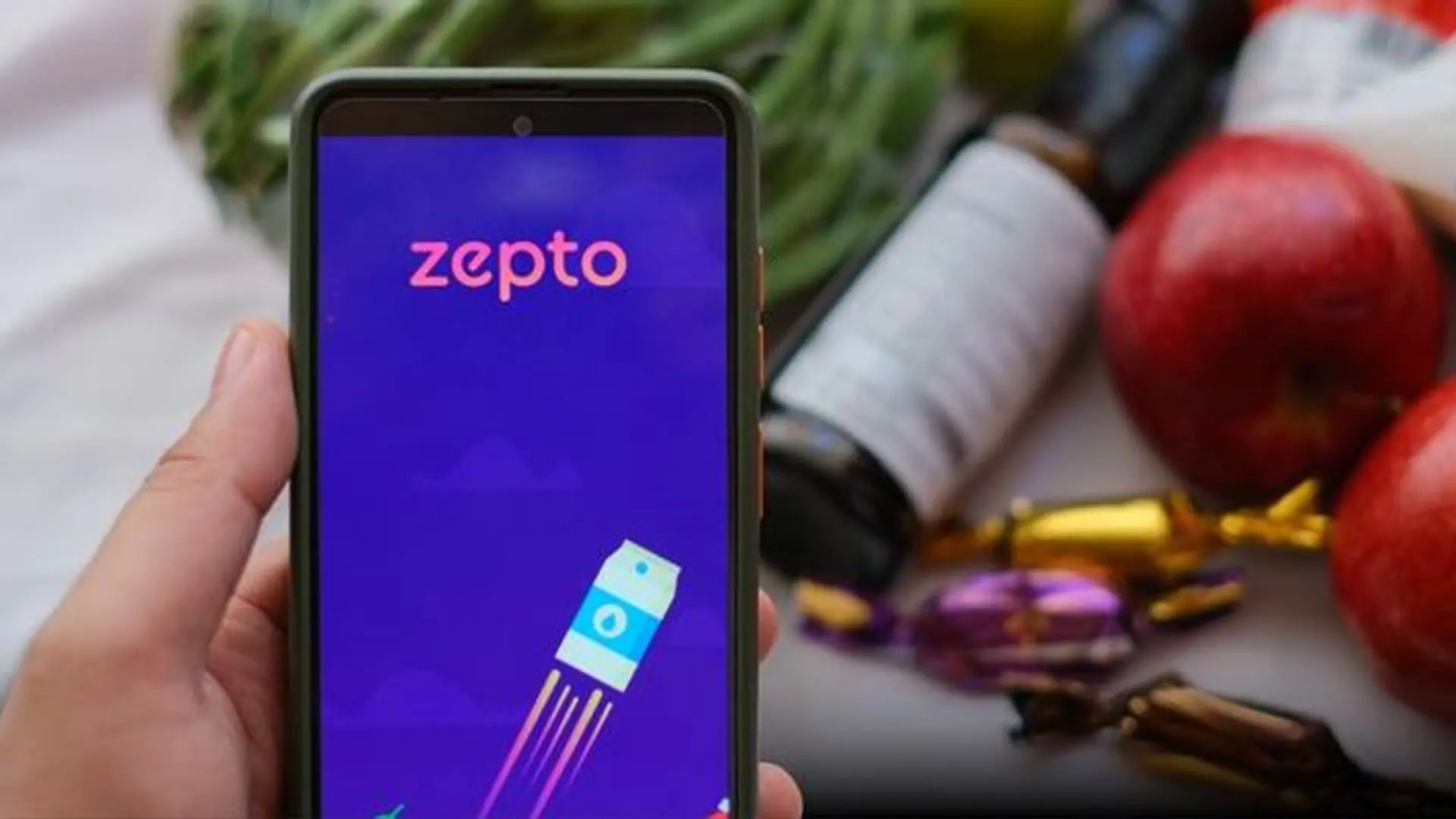Is instant gratification your default setting?
When Nestle introduced Maggi instant 2-minute noodles in India in the early 1980s, it would have taken a really far-sighted intellectual to note the first cultural marker of an India that would change from then on.
In the 1980s, India knew it was falling behind the world. People had come to understand that the country needed to take a new path, and now. When the economy was liberalized in 1991, it was the culmination of a lot of things, one of which was the Indian consumer slowly but steadily demanding his right to access the global marketplace.
Globalization had begun.

And Maggi 2-minute noodles was here at the right time. It is quite easy to forget today, when Maggi is almost synonymous with noodles in our country, that this is an alien food, something a multinational company imported into the nation. The humongous young population of India, referred collectively to as ‘millennials’ grew up with Maggi. It became more than a cultural marker, it was a part of the childhood of millions.
But how did Maggi manage to pull this off?
The answer is in the name of the product itself – instant noodles.
Maggi was the first brand in a changing India that signified instant gratification.
Fast forward to 2013, and the picture is different. India is a heavyweight, an emerging superpower. Of course, it is having growing pangs, but the world is confident that a vibrant democracy will soon be ready to pull punches on the global stage. The internet has arrived, the world is a click away. Businesses don’t go global, they are born global. It’s a different world.
And the Indian consumer? He’s different too. He still eats Maggi, but he has a lot of noodles brands to choose from. But what Maggi started then has now almost become a revolution. Today, everyone wants instant results in every aspect of our lives, especially online. Consumers can get a new SIM card for a cell phone in minutes. Bank ATMs dispense money in seconds. And if the pizza delivery boy is late by five minutes, he has to forego payment.
People have no patience to go to the movies, even, something that was supposed to be engraved in the Indian soul. Increasingly, movies are downloaded on torrents, or better yet, watched instantly on Netflix.
In today’s world of quick gratification, people can’t wait more than a few seconds for a video to load. They simply have no patience. Ramesh Sitaraman, a computer science professor at UMass Amherst, US, studied the viewing habits of 6.7 million internet users in a report he released last year. “After five seconds, abandonment rate is 25 percent. When you get to 10 seconds, half are gone.”
We cannot claim anymore that the age of instant gratification has arrived.
Instant gratification is now our default setting, if you please.
The demand for immediate results is seeping into every corner of our lives, and not just virtually. Retailers are jumping into same-day delivery services. Flipkart’s much lauded customer service tries hard to get you things the same day you ordered them, which is easier if you live in a metro, of course. Smart phone apps eliminate the wait for a cab, or a table at a famous restaurant.
In short, nobody wants to wait for anything anymore.
And the young people of the world share this attribute with their Indian counterparts.
The Boston Consulting Group (BCG), along with the Barkley and Service Management Group, USA, recently surveyed 4,000 millennials to try to understand what makes them tick.
The survey results showed that the young generation is gripped by instant gratification. In fact, they shop for groceries at convenience stores twice as often as non-millennials. This means that a retailer will have to increase focus on customer service to reflect the speed, ease and efficiency the young breed takes as a given.
So it is hardly a surprise that millennials are highly social-media crazy. They are much more likely to go for brands that are present on Facebook and Twitter.
It’s not just the youth though, these days; everyone’s catching on. This impatience may be acutely pronounced among the young and internet connected, but by no means is it a social phenomenon contained within that age group. Everyone is on it these days, everyone wants everything, and they want it right now.
This stretches comfortably to your personal computers, laptops or servers as well. The days when you had to wait for a technician to come to your location to fix a simple problem on your computer are gone.
With advanced tools and support provided by innovative companies to meet the demands of a younger generation, problems are solved in minutes. Systems connect to remote computers as if the technician was sitting at the computer. Using some technology tools, the support service is able to look at your screen, while controlling your mouse and keyboard and assisting you with any issue you may have.
As a consequence, a lot of older people, remnants of another way of thinking, are also coming to accept that there’s nothing wrong with looking at the here and now. With this understanding and general acceptance will come the adoption of new technologies and innovations that are being developed for a brave new world – a world in which everything, from coffee to support, is instant.
And of course, noodles too.
About the guest author
Vishal Dhar, is the President Marketing and Co-founder, iYogi – a global remote tech support firm, based out of Gurgaon.







